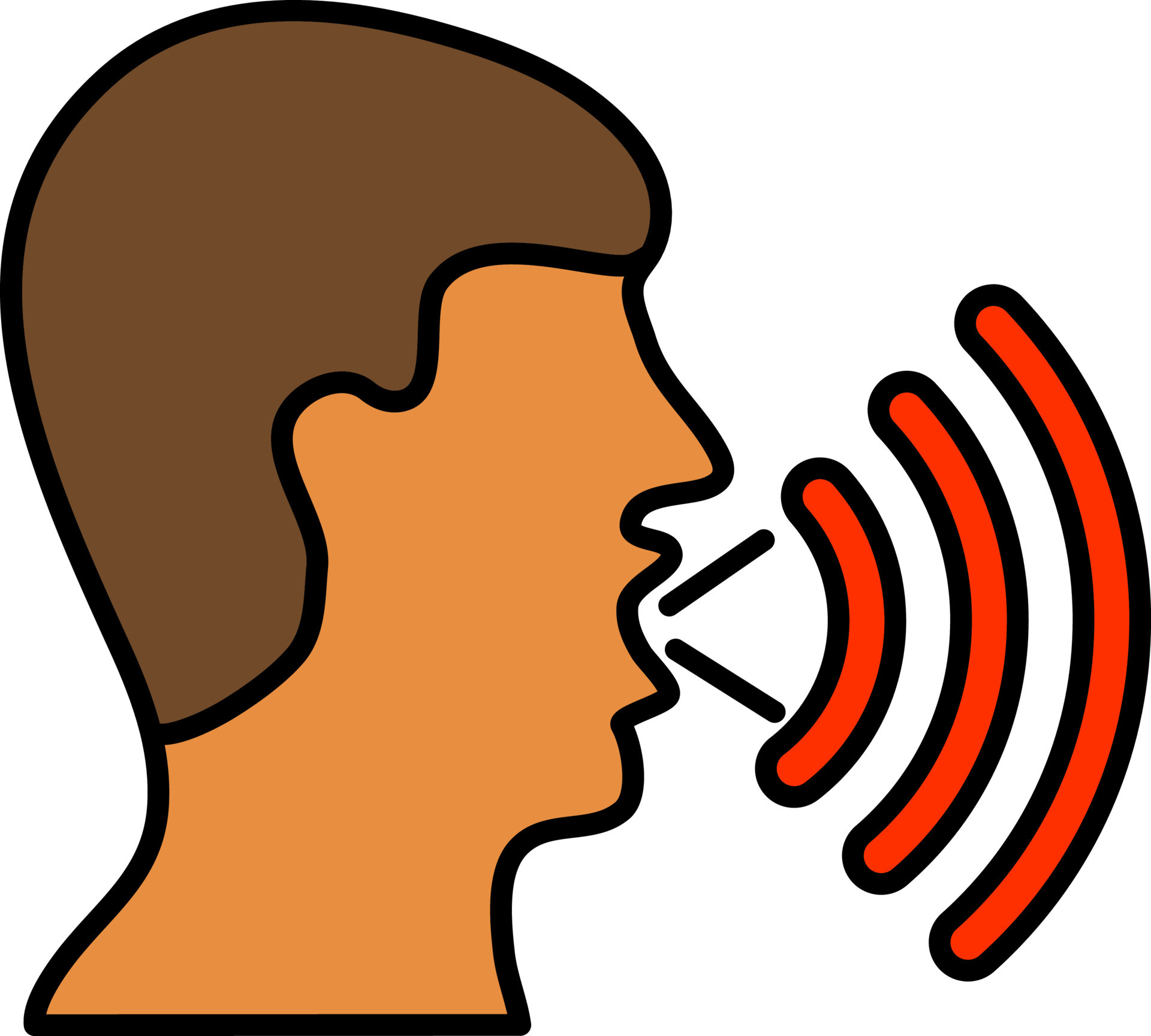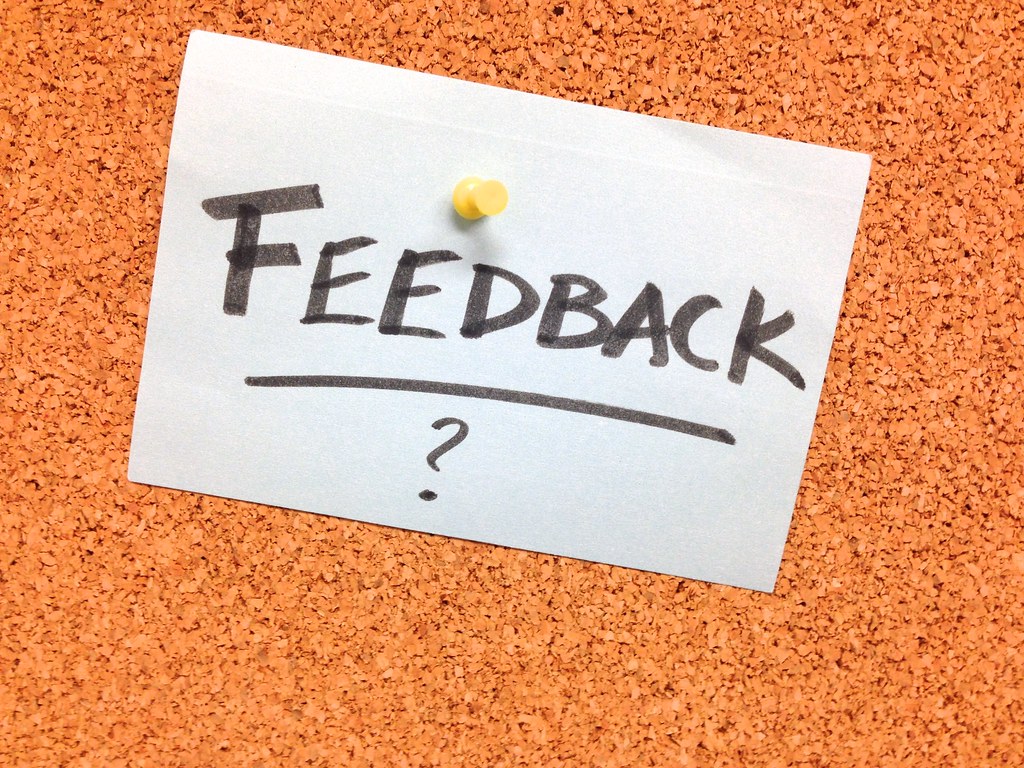
Public speaking. Just thinking about it — routinely described as one of the greatest (and most common) fears — can make your palms sweat. Snakes? Fine. Flying? No problem. Public speaking? Yikes! But let’s be clear: this isn’t about some innate talent only a select few possess. Great speakers aren’t born; they’re trained. The good news is, you can absolutely transform your fear into confidence and learn to deliver a memorable speech. Public speaking is one of the most valuable skills in both professional and personal life, opening doors to endless opportunities.
Learning how to improve public speaking can help you present in a business meeting, speak at a social event, or inspire an audience. This comprehensive guide will equip you with practical techniques that will help reduce your anxiety, dispel myths, and significantly improve your performance. We’re going to break down complex tasks into easily understandable steps, offering effective strategies to achieve specific goals and empower you to become a more effective communicator.
From understanding public speaking anxiety to mastering your delivery, we’ll dive into actionable advice that you can apply immediately. Whether you’re a beginner looking to overcome stage fright or a seasoned speaker aiming to refine your craft, these steps are designed to make you calm, confident, and entirely in control. Let’s explore these strategies to unlock your potential and master the art of public speaking.

1. **Nervousness Is Normal. Practice and Prepare!**
It’s a universal truth: all people feel some physiological reactions when facing an audience, like pounding hearts and trembling hands. Do not associate these feelings with the sense that you will perform poorly or make a fool of yourself. Instead, understand that some nerves are good. The adrenaline rush that makes you sweat also makes you more alert and ready to give your best performance; nervousness is simply energy waiting to be redirected into confidence.
The best way to overcome anxiety, and indeed, the key to confidence, is to prepare, prepare, and prepare some more. Take the time to go over your notes several times, becoming intimately familiar with your material. This thorough preparation ensures that if you’re well-prepared, you can adapt smoothly to any changes or interruptions during your presentation. Knowing your content inside and out is the bedrock of a confident delivery.
Once you have become comfortable with the material, the next crucial step is to practice—a lot. Don’t just read through your notes mentally; rehearse your speech out loud, timing yourself, and practicing in front of a mirror or friends. For an even more impactful review, videotape yourself or get a friend to critique your performance. This external feedback helps identify areas for improvement in your pacing, tone, and body language.
Consistent practice and application of key techniques are necessary to become a confident and seasoned public speaker. While you may not be able to shake your nerves entirely, through diligent preparation and rehearsal, you can learn to minimize them and transform that nervous energy into a powerful, engaging presence on stage.

2. **Know Your Audience.**
Before you even begin to craft your message, the most fundamental step is to consider who the message is intended for. Your speech is about them, not you. Learn as much about your listeners as you possibly can. This foundational knowledge is crucial because it directly influences every aspect of your presentation, ensuring that your message hits home and truly resonates.
Understanding your audience will help you determine your choice of words, selecting language that is appropriate and accessible to them. It will also guide your level of information, ensuring you provide enough detail without overwhelming or underserving your listeners. Furthermore, audience insight informs your organization pattern and helps you craft a motivational statement that truly speaks to their interests and concerns.
Tailoring your message to your audience is not merely a suggestion; it’s a crucial component of effective communication. Understanding their interests, expectations, and existing level of understanding will help you craft a speech that resonates deeply with them. This thoughtful approach ensures that your content is always relevant and engaging, preventing disinterest or confusion.
To ensure your message is received loud and clear, actively strive to speak their language, address their specific concerns, and connect with them on a personal level. By maintaining this audience-centric focus, you make your presentation feel more relevant and valuable, fostering a direct connection that captivates even the most devoted listeners. Your ability to gauge their reactions and adjust your message accordingly will strengthen this bond.
Read more about: The Essential 12: Ironclad Contract Clauses Every Influencer and Brand Needs to Know

3. **Identify One Big Idea.**
Early on, many speakers—myself included—make the mistake of cramming too much into their talks, attempting to cover a dozen different points. The inevitable result is often a messy, forgettable presentation where the audience walks away without a clear takeaway. This approach diffuses your impact and makes it difficult for your core message to shine through.
Now, a critical strategy for memorable communication is to structure every talk around one powerful, overarching idea. This singular focus becomes the anchor of your entire presentation, providing clarity and direction for both you and your audience. If this central idea is bold and vivid, it will naturally stick in the audience’s mind long after your speech concludes.
Everything else you say, every anecdote, every statistic, every visual aid, should unequivocally support that core message. This rigorous focus requires ruthless editing to ensure that no information detracts from or confuses your main point. By prioritizing one big idea, you simplify your preparation, streamline your delivery, and amplify your overall impact.
This principle aligns with how people process and retain information. If your audience can only remember one thing from your speech, what do you want that to be? Identifying and relentlessly reinforcing that single, powerful idea ensures that your presentation is not just informative, but truly impactful and memorable.
Read more about: Beyond the Bikini: Navigating Modesty, Family Expectations, and Dress Codes for Inclusive Bachelorette Celebrations

4. **Organize Your Material Effectively.**
A well-structured speech is not just a nicety; it’s a necessity for clarity and engagement. Creating a clear framework for your speech is foundational to ensuring your audience can follow your thoughts and retain your message. Start by writing down the essential components: your topic, general purpose, specific purpose, central idea, and main points. This outline serves as your roadmap, preventing you from rambling or losing track.
A logically organized speech is inherently easier for the audience to follow and remember. It provides a natural flow that guides listeners from one point to the next, building understanding progressively. Without a clear structure, even the most profound ideas can become muddled and difficult to grasp, leading to disengagement and confusion.
Your speech structure should typically begin with a compelling opening designed to grab attention immediately. This is followed by the body, where you meticulously lay out your main points clearly and concisely, supporting them with evidence and examples. Finally, you should conclude with a powerful closing that effectively summarizes your message, reinforces your core idea, and leaves a lasting impression.
Remember the “Rule of 3” for speech structure: people tend to remember things in threes. This format—an introduction, three main points, and a conclusion—can make your speech more digestible and memorable. By meticulously organizing your material, you not only make it easier to deliver but also significantly enhance its impact on your audience.
Read more about: Understanding Your Home Insurance: 13 Common Types of Damage Not Covered

5. **Hook Them in the First 10 Seconds.**
In the fast-paced world of modern communication, a weak start can kill momentum before your speech even truly begins. Audiences tune out fast, and if you don’t capture their attention within the initial moments, you risk losing them entirely. This is why it’s absolutely critical to always open strong and make an immediate impact; your goal is to grab their attention within the first 30 seconds.
There are several highly effective ways to create an immediate hook. You could start with a surprising fact that challenges assumptions or reveals a compelling truth, such as, “35% of customers won’t shop with us again.” Alternatively, a thought-provoking question, like “What’s the best way to start a speech?”, can instantly engage your audience by prompting them to think.
A quick, relatable story can also be incredibly powerful, drawing your listeners in with an immediate personal connection. Imagine beginning with something like, “On my way here, something crazy happened…”, immediately piquing their curiosity. These types of strong openings set an energetic and engaging tone right from the outset.
To attract and maintain your audience’s attention throughout your presentation, a compelling story, a surprising fact, or a relevant quote serves as an excellent starting point. This initial engagement creates a receptive atmosphere, making them more inclined to listen attentively to the rest of your message. A powerful hook isn’t just about beginning your speech; it’s about beginning your connection.
Read more about: A Deep Dive into the World’s Fastest: Records That Redefine Speed Across Land, Air, Sea, and Space

6. **Let Your Personality Come Through & Speak Like You’re Talking to a Friend.**
One of the most effective ways to build rapport and establish credibility is to simply be yourself. Don’t fall into the trap of becoming a talking head, delivering a canned, impersonal monologue. You will establish far better credibility if your genuine personality shines through, allowing your audience to see you as a real person. This authenticity fosters trust and makes your message far more impactful.
Public speaking isn’t about addressing a faceless crowd; it’s fundamentally about making a connection. Transform your approach by consciously stopping yourself from sounding like a corporate robot and instead, start speaking like you’re having a genuine conversation with a friend. This conversational tone creates a warmer, more engaging atmosphere that makes your audience feel valued and understood.
Consider the difference in impact when you switch from formal, corporate jargon to more personal language. For example, instead of saying, “The company is implementing a new policy for expense submissions,” try, “You’ll love this—we’re finally fixing the expense system so you get paid faster.” This shift makes the information relatable and highlights the direct benefit to the audience.
Audiences generally appreciate and respond positively to a personal touch in a speech. Injecting your unique personality and adopting a friendly, conversational style not only makes your presentation more compelling but also helps forge a stronger, more lasting connection with everyone in the room. This approach makes your message more memorable and significantly increases your influence.

7. **Cut the Fluff—Say Something Interesting Every 10 Words.**
In an age of constant information, audiences have shorter attention spans than ever before; they will tune out fast if your content is dense, jargon-filled, or meandering. To combat this, you must ruthlessly edit your talks to only keep the most engaging and valuable parts. Every single word should earn its place in your presentation, contributing directly to your message without unnecessary filler.
This isn’t just about being concise; it’s about maximizing the value delivered with every utterance. Strive for “no jargon, no filler, just value.” Imagine a rule where you aim to say something interesting, impactful, or thought-provoking every ten words. This discipline forces you to distill your ideas to their essence, making your speech potent and compelling from start to finish.
Proactively reviewing and refining your content for conciseness ensures that your audience remains actively listening, preventing their minds from wandering. By eliminating superfluous words or phrases, you elevate the clarity and power of your message, making it easier for listeners to absorb and retain the key information you are presenting.
This constant focus on delivering high-impact content means that every moment you spend speaking is valuable to your audience. It demonstrates respect for their time and ensures that they receive a clear, digestible, and memorable message, making your public speaking efforts far more effective and impactful.

8. **Enhance Vocal Dynamics: Volume, Pauses, and Variety.**
Your voice is an incredibly powerful tool in public speaking, capable of transforming your message. It’s not just about what you say, but how you say it. To command attention and keep your audience engaged, consciously develop vocal control, leveraging elements like volume, strategic pauses, and varied tones.
Speak 20% louder than your normal conversational volume. This isn’t about shouting, but rather projecting confidence and ensuring everyone can hear you clearly. A well-projected voice signifies authority and passion, preventing your message from being lost or perceived as timid.
Strategic pauses are another secret weapon in a speaker’s arsenal. Many speakers rush, but silence, used effectively, can create immense impact. Pauses allow your audience to absorb key information, emphasize a crucial point, and build anticipation. It might feel awkward initially, but to the listener, it makes you sound more confident and deliberate.
Vocal variety, encompassing changes in speed, pitch, and tone, is essential for avoiding a monotonous delivery. Imagine reading a sentence aloud three different ways; the confident, varied version immediately sounds like a leader. Practice this to keep your audience engaged and prevent their minds from wandering. By mastering these vocal dynamics, you perform, conveying nuance, emotion, and authority, making your delivery not only clearer but also far more compelling.

9. **Master Body Language: Posture, Gestures, and Eye Contact.**
Your body language speaks volumes before you utter a single word, influencing perceptions of your confidence and presence. Cultivating purposeful body language is a non-negotiable step in mastering public speaking.
Start with your posture. Stand tall with shoulders back, projecting an open and confident stance. Avoid slouching or fidgeting, which can signal nervousness or disinterest. Your posture is the foundation of your physical presence, instantly conveying power and self-assurance, making your audience more receptive.
Integrate purposeful gestures that complement your words. Use your hands to emphasize points or illustrate ideas, avoiding nervous habits like clasping them tightly or putting them in pockets. Practice in front of a mirror to ensure gestures feel natural and enhance your speech.
Eye contact is perhaps the most powerful tool for forging a direct connection. Make genuine eye contact with individuals across the audience for a few seconds. This fosters rapport, makes listeners feel personally addressed, and helps you gauge reactions. Even a simple smile, especially if nervous, instantly makes you appear more competent and approachable.

10. **Engage and Interact: Asking Questions and Storytelling.**
Keeping your audience engaged is a dynamic challenge, especially with shrinking attention spans. Beyond just delivering information, your goal is to create an interactive experience that captivates and connects. Incorporating questions, storytelling, and humor can transform a monologue into an unforgettable dialogue.
Asking rhetorical or direct questions invites your audience into your thought process. A question like “What’s the best way to start a speech?” prompts listeners to think, drawing them into your content. Use questions to check understanding or make a point more impactful, turning your audience into active participants.
Storytelling, woven skillfully into your presentation, creates an immediate personal connection and makes abstract concepts relatable. Whether a quick anecdote or a relevant case study, stories grab attention and make your message stick. People remember narratives far more easily than dry facts, so use them to illustrate points and evoke emotion.
Humor, when appropriate, can lighten the mood, build rapport, and make your speech more enjoyable. A funny anecdote or witty observation injects energy and creates a shared moment. Ensure your humor is inclusive and genuinely enhances your message. These interactive elements are powerful strategies for maintaining attention and ensuring your presentation truly resonates.

11. **Employ Persuasive Language: Emotion, Logic, and Personal Pronouns.**
To master public speaking means not only to inform but also to persuade and influence. Impactful speeches win over hearts before they convince minds. This involves a strategic approach to language, focusing on connecting with your audience’s emotions, supporting points with clear logic, and using inclusive personal pronouns.
Effective persuasion often begins by appealing to emotion. People frequently decide based on feelings, then justify with logic. Start by finding common ground or agreeing with a prevailing sentiment. For instance, “We all want our money fast, right?” This emotional connection makes your audience more receptive to logic.
Once that emotional bridge is established, present your logical arguments with clarity and supporting evidence. This isn’t about overwhelming with data, but providing a clear, concise rationale that reinforces your core message, guiding them through your reasoning.
Finally, personalize your message using “you” and “we” instead of detached, corporate language. This shift in pronouns creates a warmer, more engaging atmosphere, making your audience feel directly involved and valued. When you say, “We’re making this change so *you* get paid faster,” it highlights the direct benefit, making your message more impactful and persuasive.

12. **Utilize Visual Aids Wisely: Support, Not Distract.**
Visual aids, like PowerPoint, can effectively enhance your presentation, but only with careful thought. Their primary role is to support and clarify content, not replace you or overwhelm your audience. Misused visuals quickly become a distraction, breaking the vital direct connection.
The key principle is “less is more.” Avoid cramming slides with excessive text, complex charts, or too many images. Each slide should have a clear, concise purpose, reinforcing one main idea. Bullet points should be brief, serving as memory jogs for you, not a script for the audience. High-quality images or simple data visualizations are often more impactful than dense paragraphs.
Avoid planning your presentation by creating slides first. Draft your talk, focusing on message and narrative. Only then consider how visual aids can complement it. This ensures slides enhance your spoken word, rather than dictating or becoming a crutch.
Always test equipment beforehand. Technical difficulties can derail a speech. Have a backup plan, like handouts or continuing without slides. Used wisely, visual aids boost comprehension and retention, helping your message resonate long after you’ve finished.

13. **Speak Naturally, Not from a Script: The Power of an Outline.**
The temptation to read a word-for-word script is strong, especially when nervous. However, reading directly from a script or detailed slides quickly fractures the crucial interpersonal connection with your audience. True connection comes from speaking authentically, best achieved by working from a brief, well-structured outline.
When you read, your eyes are glued to the page, making consistent eye contact impossible. This breaks rapport and makes your delivery sound robotic and impersonal, like a “talking head.” Your voice flattens, losing natural inflection and emotional range, preventing your personality from shining through.
Instead, develop a clear, concise outline as your roadmap, not your script. This outline should highlight main points, key phrases, important statistics, and trigger words for anecdotes. Knowing your material well enough to speak from an outline demonstrates confidence and allows for flexibility, enabling real-time adaptation.
Working from an outline maintains freedom to engage, use natural gestures, and adjust pace and tone. This keeps the focus on you and your message, fostering genuine connection and making your presentation feel like an engaging conversation rather than a rigid lecture. It empowers you to be present and responsive, delivering a more dynamic and impactful speech.

14. **Handle Q&A and Unforeseen Challenges with Poise.**
Public speaking is inherently unpredictable. Questions, interruptions, or technical glitches are inevitable, and how you handle them impacts your perceived professionalism. Mastering these moments requires poise, adaptability, and a solutions-oriented mindset.
Be fully prepared for Q&A. Anticipate potential questions and formulate concise, confident answers. When asked, listen carefully, acknowledge the questioner, and take a moment to respond. Use this to reinforce points or clarify doubts. If unsure of an answer, admit it and offer to follow up, demonstrating honesty.
Interruptions, whether audience or technical, demand a calm, professional response. Politely redirect audience interruptions. For technical issues, stay calm, perhaps use humor, and gracefully implement your backup plan. Composure under pressure reassures your audience and maintains their confidence.
Even if you make a mistake—and you will—simply smile and continue. Audiences are often forgiving and won’t dwell on minor errors if you quickly recover. Your grace and resilience in navigating unexpected turns ultimately enhance your credibility, leaving a lasting impression of a capable and confident speaker.

15. **Commit to Continuous Improvement: Record, Review, and Seek Feedback.**
Mastering public speaking is a continuous journey of learning and refinement. Effective speakers are made through consistent practice and commitment to self-improvement. The final, ongoing step is to actively record, review, and receive constructive feedback on your performances.
Self-observation is a powerful learning tool. Videotape or audio record your practice sessions. Reviewing your speech with a critical eye reveals invaluable insights into pacing, vocal fillers, body language, and delivery that you might miss in real-time. This objective view helps identify habits to break and strengths to enhance.
Beyond self-critique, solicit feedback from trusted colleagues or mentors. Ask specific questions about what worked, what could be clearer, and what to improve. Constructive criticism is a gift, providing external perspectives and highlighting blind spots. For deeper growth, consider a communication coach for personalized strategies.
Public speaking gets better with practice. Consistent application of techniques is necessary to become a confident, seasoned speaker. Every speech, practice session, and piece of feedback is an opportunity to learn and grow. Embrace this process, and you’ll transform public speaking from a fear into a genuine strength.
The journey to becoming a masterful public speaker is truly empowering. It’s a skill that enhances every interaction in your professional and personal life. By embracing these fifteen actionable steps, from conquering initial nerves to refining your delivery and committing to ongoing growth, you’re not just learning to give a speech; you’re learning to lead, inspire, and genuinely connect. Remember, every great speaker started somewhere. With dedication and the right techniques, you too can transform your presentations into powerful, memorable experiences that leave a lasting impression. Take that first step, and unleash the confident speaker within you!



